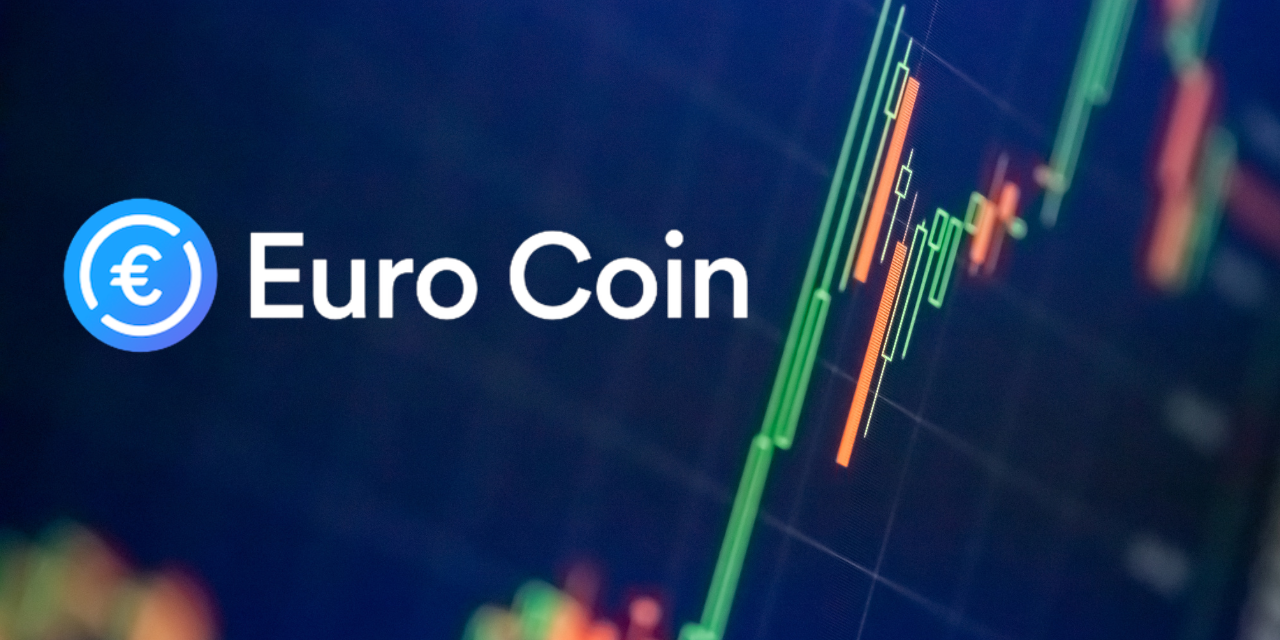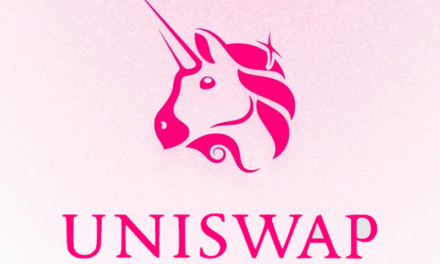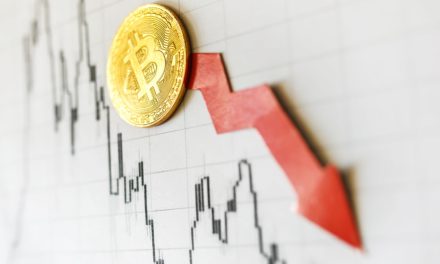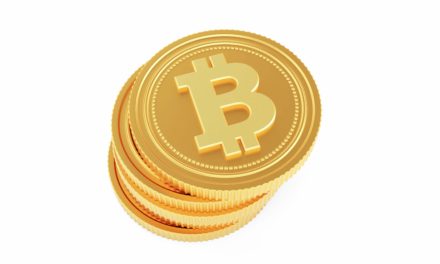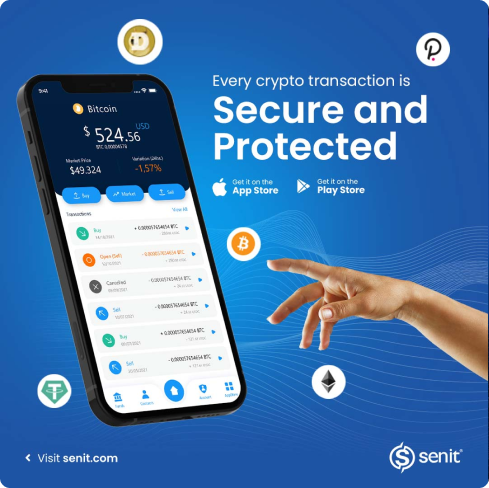Stablecoins provide price stability to cryptocurrency investors and are typically backed by the United States dollar, the world’s primary reserve currency. Although there are less popular alternatives, many people may not be aware of them if they haven’t actively sought them out.
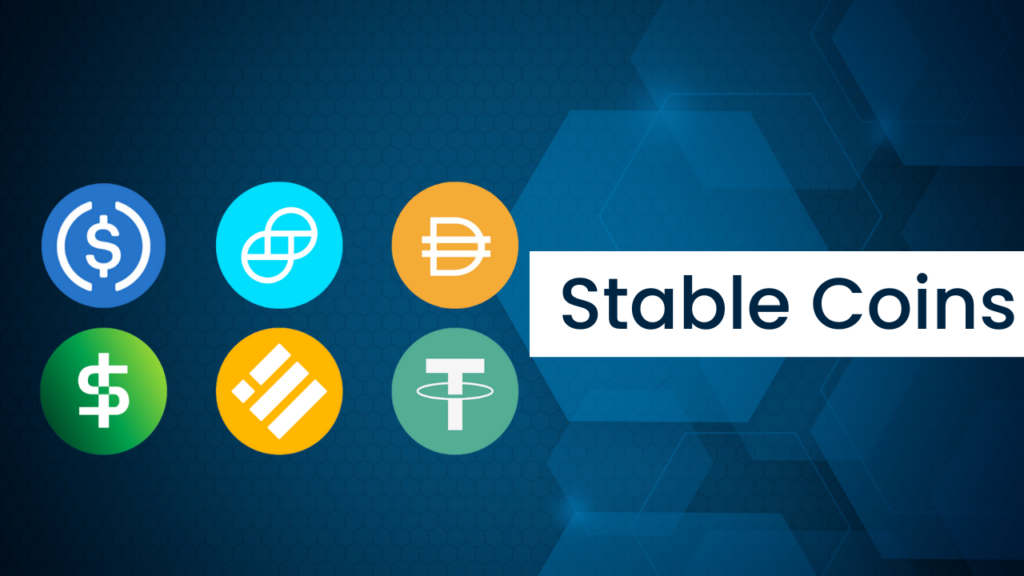
The euro ranks as the world’s second most widely held reserve currency, following the U.S. dollar and preceding the Chinese yuan, based on data from the International Monetary Fund. It serves as the official currency of the eurozone, which includes 20 out of 27 member states of the European Union (EU), and is used as the base currency by more than 300 million individuals.
Cryptocurrency trading platforms catering to users in EU countries commonly accept the euro. However, in the realm of stablecoins, euro-backed alternatives are not as prevalent as the most prominent options offered by top stablecoin providers. Most of the ones available are dollar-backed.
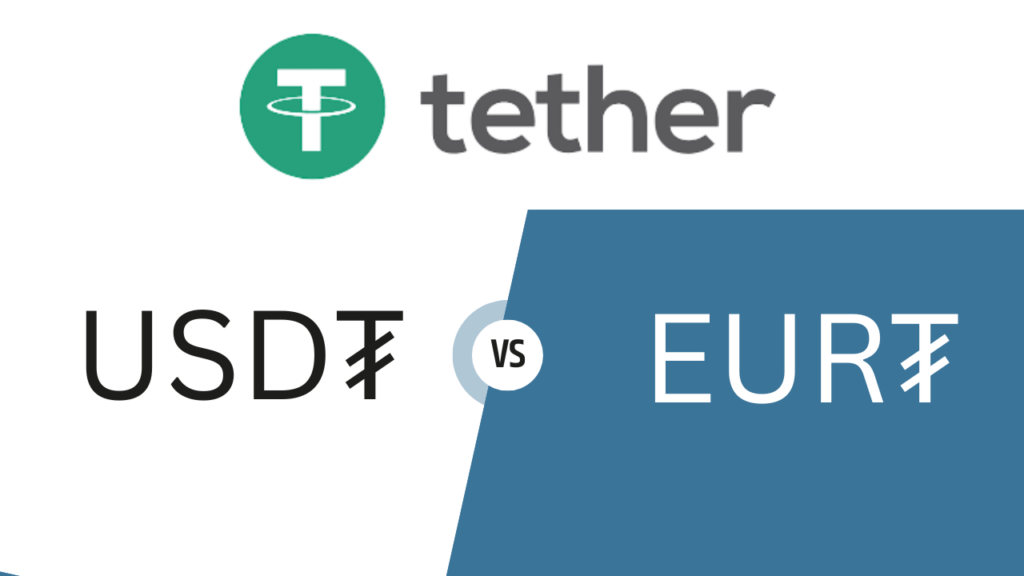
Euro-backed stablecoins from major issuers have not gained as much traction as their USD-backed counterparts. Tether and Circle, two of the largest stablecoin issuers, have released euro-backed stablecoins. However, Euro Tether (EURT), which has over 200 million tokens in circulation, pales in comparison to the 70.9 billion circulating tokens of its USD-backed counterpart, Tether (USDT).
Likewise, Circle’s Euro Coin (EUROC) has a circulation of nearly 32 million tokens, while its USD-backed stablecoin, USD Coin, has a much larger supply of over 42 billion tokens in circulation. Recently EUROC got listed on Coinbase, a Nasdaq-listed cryptocurrency exchange.
EUROC was launched in June 2022 and is less than one year old, whereas USDC was introduced in 2018 by the Centre Consortium, whose founding members include Circle and Coinbase.
The recent increase in interest rates has raised concerns about the resilience of certain eurozone economies to their effects. The European Central Bank has already elevated its rate to 2.5%, but it still falls significantly short of the current federal funds rate of 4.50% to 4.75% in the United States, a noteworthy difference.
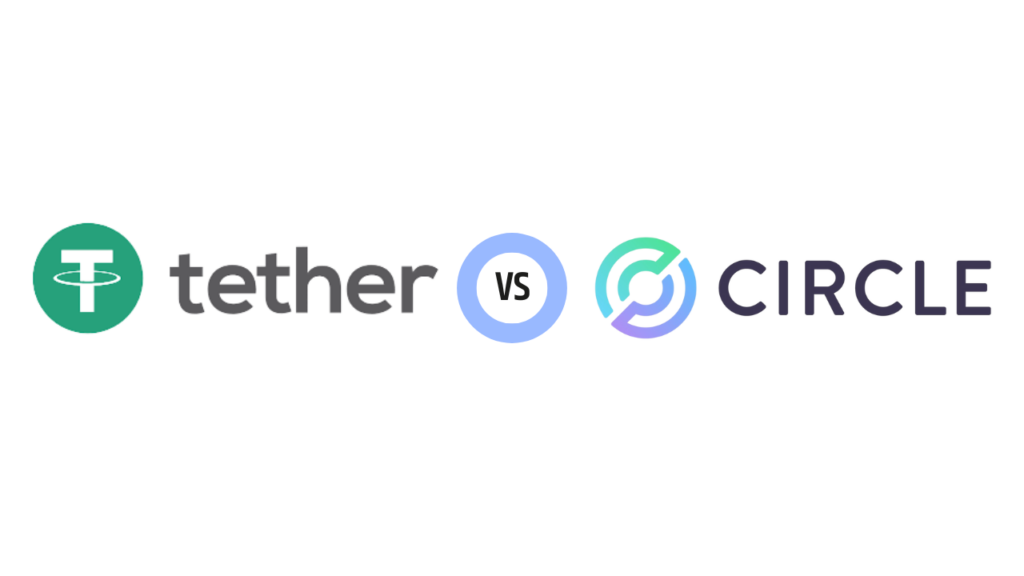
There’s a question to be asked at this point. Could the widespread adoption of a euro stablecoin have a positive impact on the cryptocurrency industry? While increasing interest rates carry significant risks, they also create fresh opportunities, particularly for those with idle funds. Stablecoin providers such as Tether and Circle issue tokens that are backed by equivalent reserves, enabling them to profit from higher interest rates. However, stablecoins can only expand if there is sufficient user demand, despite the interest they generate.
The utility of a stablecoin as a reliable store of value, a means of remittance, and a safeguard against currency devaluation has the potential to enhance financial inclusion globally and stimulate demand for it. Let’s talk about this demand.
It’s safe to say when users buy more of a stablecoin, its reserves increase, which allows the managing company to generate additional cash through treasuries and other cash equivalents.
It would be reasonable to expect demand for a stablecoin backed by the euro and representing a blockchain-based version of the eurozone currency. There is presently a prevalence of stablecoins denominated in dollars, but a euro stablecoin would provide a means for individuals to hold their euros on-chain without taking on the EUR/USD currency risk.
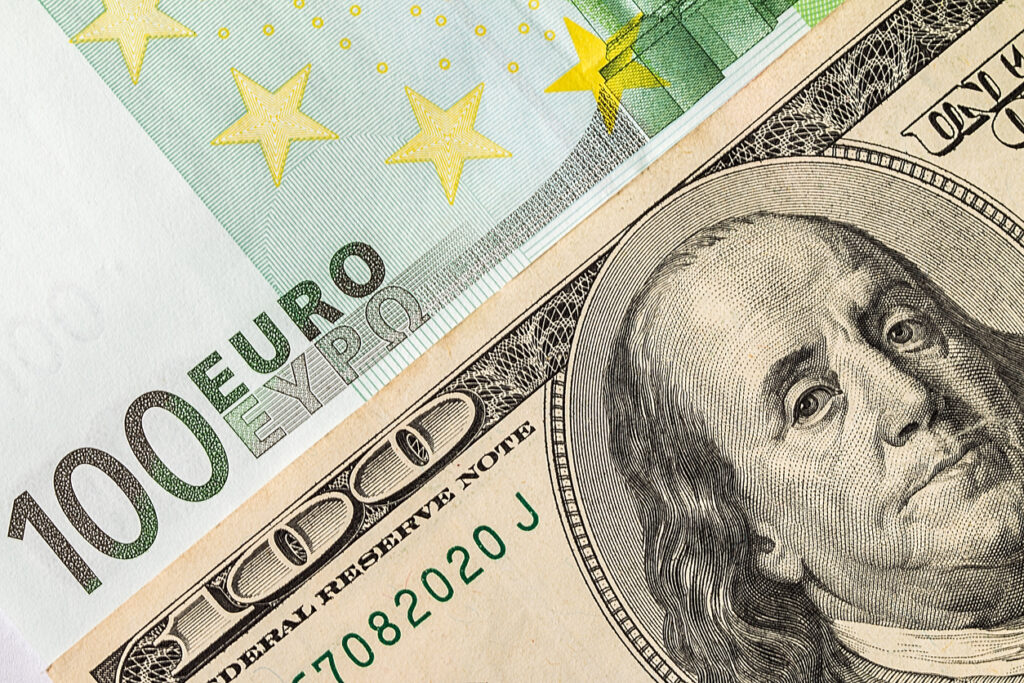
Given the euro’s status as a global reserve currency, there is no reason why a euro-denominated stablecoin should not be able to compete with U.S. dollar-backed stablecoins, according to some experts. However, euro-based stablecoins must gain greater adoption before they become more prevalent, and regulatory approval for third-party euro coin issuance is a critical consideration.
The future of stablecoin development will be significantly impacted by the Markets in Crypto-Assets (MiCA) regulation, which is set to be voted on by the European Parliament in April. You should note that regulations are very key here.
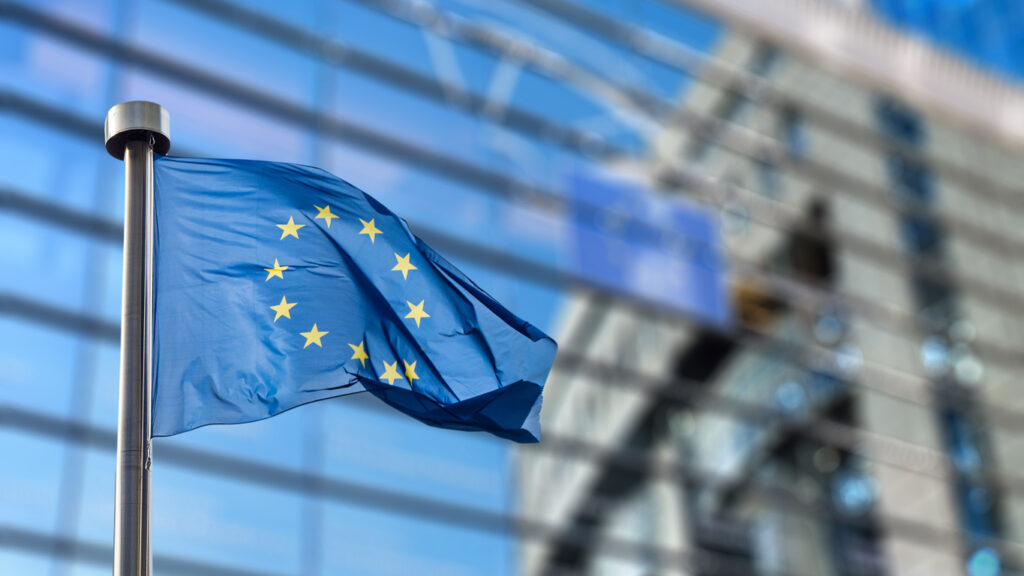
In the near future, the vote on MiCA will determine the regulatory framework for stablecoin issuers operating in the European Union, with potential implications for the broader cryptocurrency market. While some fear heavy regulation, increased regulation does not necessarily spell doom and gloom. Tether has expressed hope for greater regulation, emphasizing the need for regulatory clarity in the crypto market, especially for larger corporations, institutions, and fintech companies looking to enter the space.
Blockchain-based versions of fiat currencies offer several advantages over fiat currencies, thanks to their use of distributed ledger technology. As regulators address the risks associated with stablecoins, they should focus on promoting greater financial innovation and inclusion. Increased regulation can benefit stablecoin issuers and help modernize the payments system, increasing access to the financial system.
